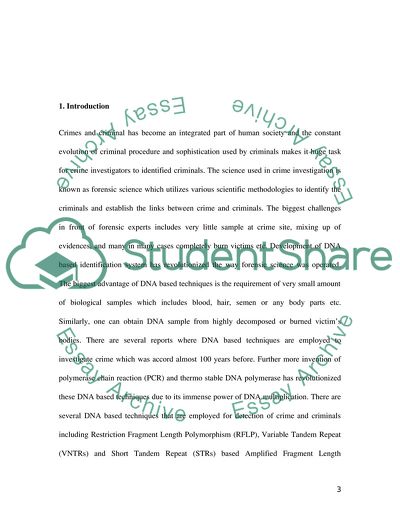Cite this document
(Forensic Molecular Biology Assignment Example | Topics and Well Written Essays - 2343 words, n.d.)
Forensic Molecular Biology Assignment Example | Topics and Well Written Essays - 2343 words. Retrieved from https://studentshare.org/biology/1550031-lab-report-2
Forensic Molecular Biology Assignment Example | Topics and Well Written Essays - 2343 words. Retrieved from https://studentshare.org/biology/1550031-lab-report-2
(Forensic Molecular Biology Assignment Example | Topics and Well Written Essays - 2343 Words)
Forensic Molecular Biology Assignment Example | Topics and Well Written Essays - 2343 Words. https://studentshare.org/biology/1550031-lab-report-2.
Forensic Molecular Biology Assignment Example | Topics and Well Written Essays - 2343 Words. https://studentshare.org/biology/1550031-lab-report-2.
“Forensic Molecular Biology Assignment Example | Topics and Well Written Essays - 2343 Words”, n.d. https://studentshare.org/biology/1550031-lab-report-2.


